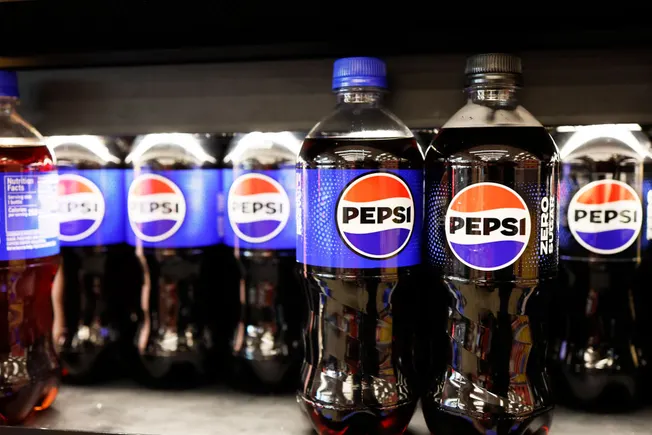PepsiCo is making adjustments to some of its sustainability targets as the food and beverage giant takes a more practical approach to its climate investments, as stated on Thursday.
The company is phasing out a goal to reduce total emissions by more than 40% by 2030. It is also eliminating certain targets related to reducing packaging waste, while expanding its goals for regenerative agriculture.
This shift is aimed at positioning PepsiCo for growth while recognizing external challenges such as inadequate infrastructure that has hindered the company’s ability to meet targets on schedule. However, the company remains steadfast in its goals to incorporate more diverse ingredients while reducing saturated fat, sugar, and sodium content.
Jim Andrew, PepsiCo’s chief sustainability officer, emphasized, “Our sustainability journey may not always follow a linear path, but we are committed to undertaking initiatives that will enhance our business resilience and contribute positively to the planet.”
The company launched its PepsiCo Positive (pep+) sustainability strategy almost four years ago, in September 2021. While acknowledging progress made towards these goals, PepsiCo also acknowledges the need for adjustments based on external factors such as changing government policies and insufficient recycling and electric grid infrastructure.
PepsiCo CEO Ramon Laguarta stated, “Our goals must evolve in order to maintain our ambition and achieve our long-term vision.”
Some of the revised emissions goals include:
- Total emissions: The company has retired its goal to reduce total scope 1, 2, and 3 emissions by more than 40% by 2030 from a 2015 baseline. Instead, it will focus on more immediate targets.
- Scope 1 and 2 emissions reduction: The target for reducing scope 1 and 2 emissions has been revised from 75% by 2030 to 50% by the same year, with the baseline year changed from 2015 to 2022.
- Scope 3 emissions reduction: PepsiCo has split its scope 3 emissions tracking, aiming for a 42% reduction in scope 3 energy and industry emissions and a 30% reduction in scope 3 forest, land, and agriculture emissions by 2030, both compared to a 2022 baseline.
- Net zero: The deadline to achieve net-zero emissions, previously set for 2040, has been extended to 2050 to align with SBTi’s 1.5 degrees C scenario.
In addition, PepsiCo has adjusted its commitments regarding packaging, moving away from scaling reusable models to reduce single-use packaging and instead focusing on supporting partners developing new material technologies.
While these refined packaging goals will require investment and collaboration, PepsiCo also highlighted specific challenges in achieving them, such as regulatory restrictions in different countries.
PepsiCo has acknowledged challenges in meeting sustainability goals in the past. In its 2023 sustainability report released in June 2024, the company admitted it was unlikely to achieve certain targets, including designing 100% of packaging to be recyclable, compostable, biodegradable, or reusable by 2025.
By refining its sustainability goals, PepsiCo aims to concentrate on areas where it can make the most impact, such as regenerative agriculture and water stewardship. The company has expanded its regenerative agriculture goal to cover 10 million acres by 2030.
PepsiCo emphasizes that its new targets remain ambitious and reflect transparency about the challenges it faces. The company’s 2024 ESG report will be released later this year.

